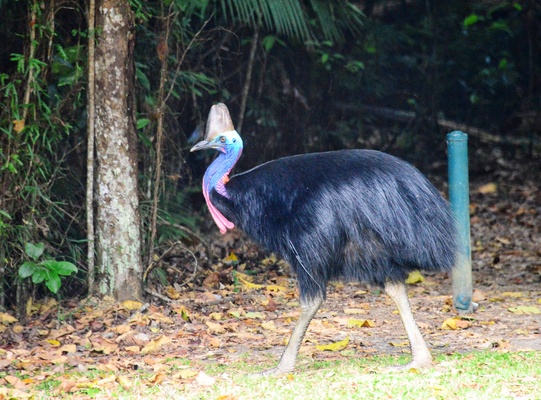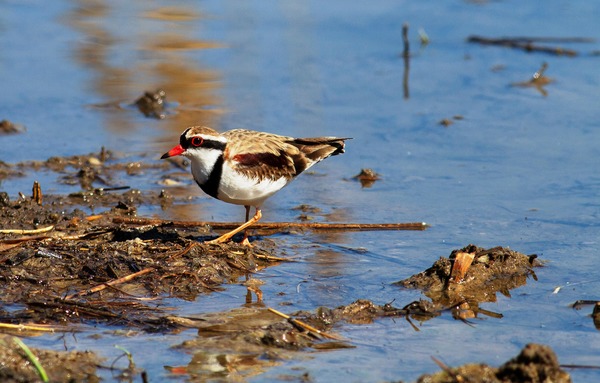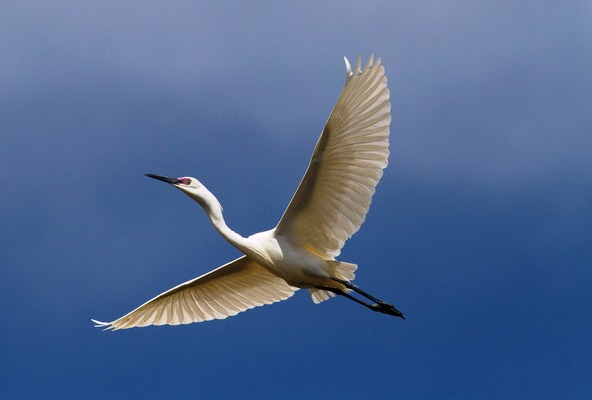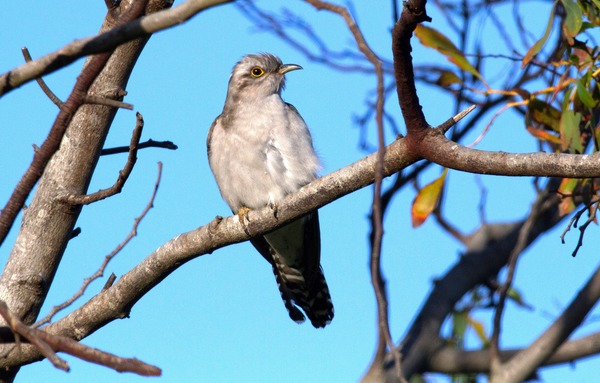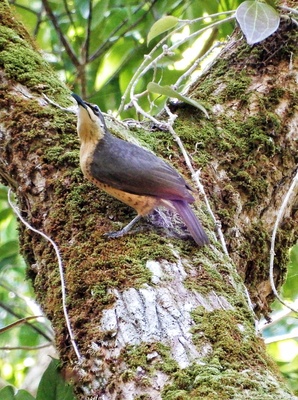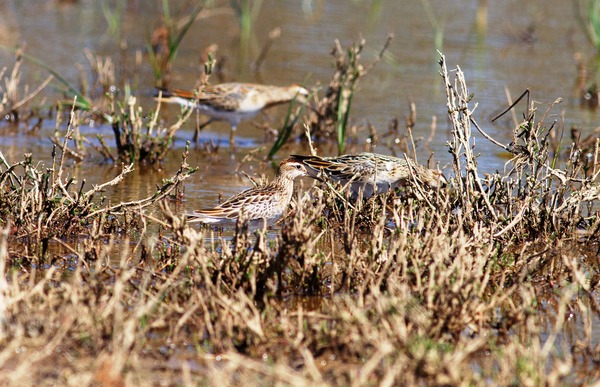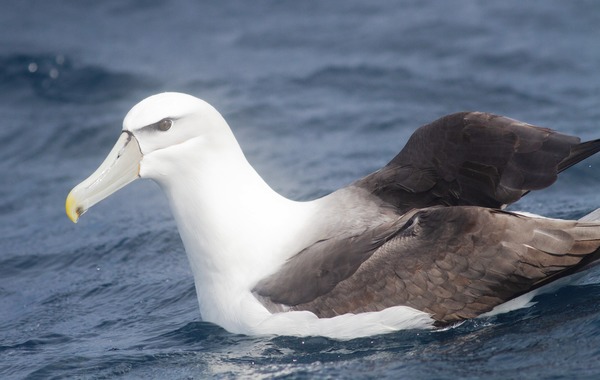I have one word to say about the last fortnight – “pelagic”.
I went on my first pelagic trip, on a boat that sailed from Port Fairy. The boat journeyed around 50km to the continental shelf, where the sea floor drops away dramatically. There were birds flying around the boat, trying to eat some tasty fish that were thrown overboard, and I didn’t know where to look, where to sit, or where to point my camera.
There were a few very experienced twitchers on the trip, and they would yell the names of birds, such as ‘Wilson’s” for a Wilson’s petrel, “alby” for the various species of albatross that were swooping, and “fairy” for a fairy prion.
The highlight for me, besides the whole day, was when someone yelled “cape petrel” and I looked around and saw a vision of one of the most beautiful birds I had ever seen, which Denis Sleep described as “fluttering around the boat like a butterfly”.
I was so entranced by the cape petrel that I struggled to take a photo of it. We saw a juvenile wandering albatross, a southern royal albatross, several species of petrels, and hundreds of shy albatross/white-capped albatross. As soon as we arrived back to Port Fairy I was planning my next pelagic trip.
It was wonderful to see a fairy prion, and previously all the prions I’ve spotted have been washed up on the beach deceased.
I’ve been working a lot of night shift lately, and the advantage of this is that I can visit Hospital Swamp on the way to work and on the way home. I’ve seen pallid cuckoos, Horsfield’s bronze cuckoos, shining bronze cuckoos, spotted crakes, black-fronted dotterels, little grassbirds, whiskered terns and sharp-tailed sandpipers, to name a few species.
A raptor a day keeps the doctor away, and I’ve managed to spot raptors such as black-shouldered kites, brown falcons and swamp harriers at Hospital Swamp. It’s a beautiful habitat for many birds at the moment.
I’ve also checked out the colony of breeding little egrets that Tom Fletcher discovered a three years ago and about 15 little egrets were busily making nests when I was watching them. The little egrets were in breeding plumage, which includes two ribbon-like head plumes, and abundant plumes on the back and breast.
I received an email from Carole, who is the convener of Bellarine Birdlife, who has made some wonderful observations lately. Carole saw a flock of around 50 spiny-cheeked honeyeaters flying over the St Leonards Salt Lake. Spiny-cheeked honeyeaters are sociable birds and can be seen feeding in large flocks. I’ve never seen 50 in one place though.
Carole also spotted a ruddy turnstone, a migratory shorebird, on the beach at St Leonards. There was only one ruddy turnstone seen, and hopefully this bird will be joined by a few more of the same species soon. Carole also sent me an image of a black-shouldered kite that she had seen at St Leonards.
I received an email from Brenton, who lives in Ocean Grove. Brenton has recently returned from Far North Queensland, and he sent me some photos of some of the birds he had observed, which included two birds I have never laid eyes on, a cassowary and paradise riflebird. Brenton’s email made me want to catch the next plane to Cairns.
Thanks so much for the emails, I loved receiving them.
Enjoy the spring weather.

